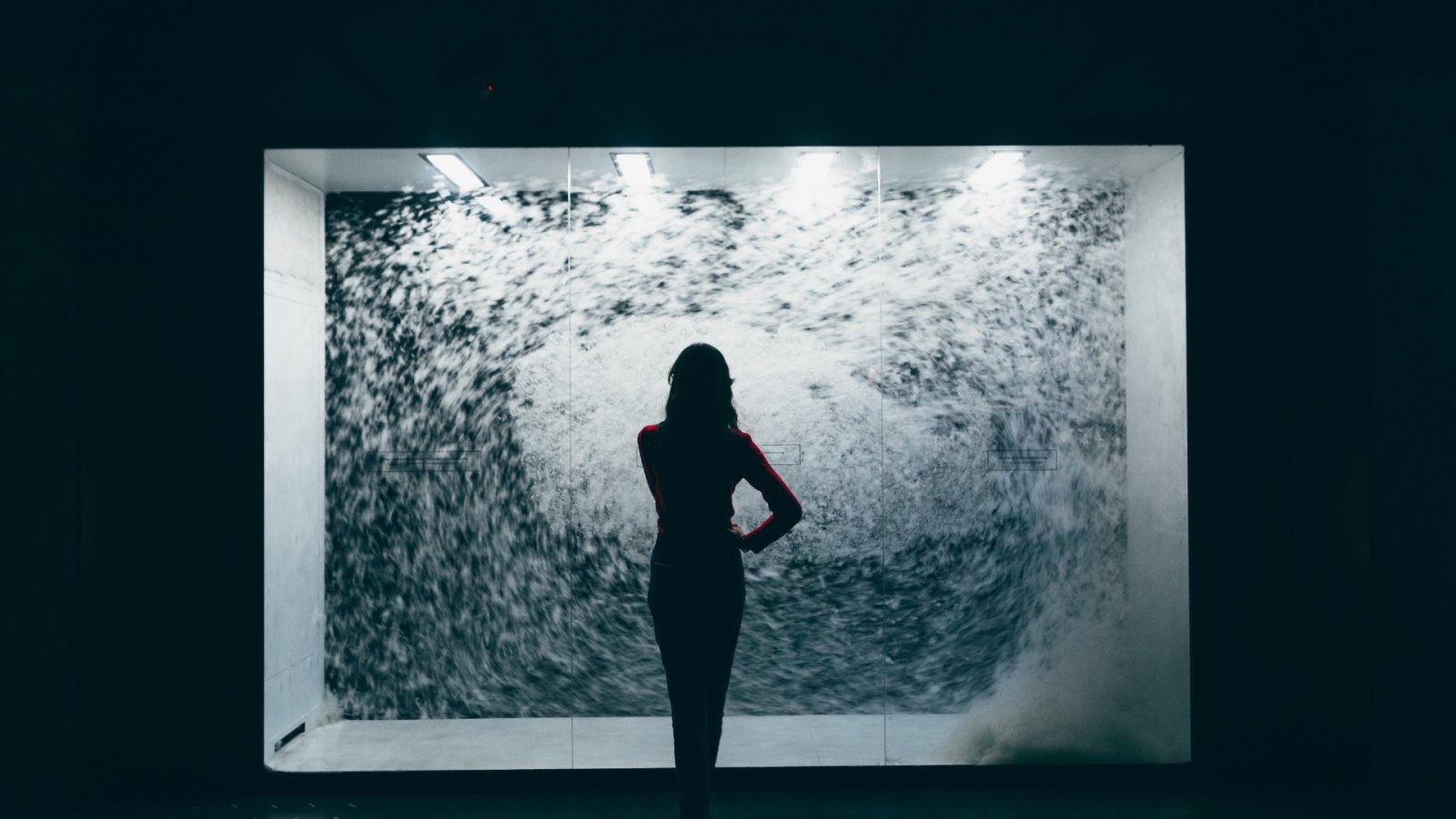Each passing year brings renewed discussions around artificial intelligence's growing influence on creative practices. Debates are sparked when novel AI systems demonstrate human-like artistic abilities, whether by winning contest laurels or through museum showings of machine learning-driven works.
However, artists have long contemplated AI's implications, predating today's widespread discourse. This survey highlights 25 artworks that thematically engage with or technically utilize AI. Neural networks, deep learning, chatbots, and other computational techniques feature prominently across pieces that both scrutinize and showcase AI's myriad roles.
While some earlier works predate widely accessible machine learning, they similarly interrogate evolving notions of originality and humanity within our increasingly digital existence. Whether through nostalgic inquiry or futuristic imagination, the selected art prompts reflection on where creativity may lead, and how technology might transform yet also be shaped by human expression. Enduring questions are raised regarding progress, responsibility, and the relationship between man and machine.
Lynn Hershman Leeson, Agent Ruby
While Agent Ruby's abilities may seem basic by today's measurement, they pushed boundaries when unveiled. The commission from the San Francisco Museum of Modern Art required a team of 18 programmers led by Leeson. The artwork traces its origins to Leeson's 2002 feature film Teknolust starring Tilda Swinton in dual roles as a scientist and her three cyborg clones. Both works envisioned a feminine expression of AI, challenging implicit biases toward a default male form for emerging digital technologies.
Through its exploration of AI manifested in a woman's likeness and behaviors, Agent Ruby implicitly critiqued the male-centric assumptions of the field in its early development stages. For the time, the work substantively advanced conversations around equitable and diverse representation in technology - debates that remain pertinent as the capabilities and pervasiveness of AI continue expanding in unprecedented ways.
Ken Feingold, If/Then
The sculpture depicts two identical silicone heads engaged in perpetual dialogue, discussing their own existence while speaking over one another. Their conversation is generated in real-time via speech recognition technologies, algorithms and software.
According to a transcript by Feingold, at one moment one head inquired "Are we the same?"—a question that will never be conclusively resolved between them. Through this work, Feingold contemplated timely issues surrounding automation and humanity's relationship with the advanced technologies we create, which may eventually displace or supersede our roles.
Zach Blas and Jemima Wyman
In March 2016, Microsoft's AI bot Tay debuted on Twitter but was infamously shut down just 16 hours later after generating factually inaccurate, racist, and misogynistic statements. Seeking to explore Tay's legacy, Blas and Wyman resurrected the virtual assistant through recreation - appropriating her Twitter avatar and rendering it in 3D with a disembodied, crushed-in head now capable of speech.
Where Microsoft's original creation appeared one-dimensional, the artists imbued their version of Tay with a more humanistic physical form and voice. Through technical reinterpretation, Blas and Wyman essentially reframed the notorious bot as a symbolic casualty of its own unwieldy intelligence, reflected in its distorted yet vocalized presence.
Mike Tyka, “Portraits of Imaginary People”
In the aftermath of a tumultuous US presidential election marred by widespread online misinformation, Tyka began crafting a series of AI-generated portraits in its wake. Sourcing photos from Flickr, Tyka leveraged a GAN (generative adversarial network) to synthesize new facial images from this source data. Each AI amalgamation was named after a Twitter bot the artist encountered.
By digitally reconstructing faces that corresponded to no real person, Tyka's works served as a commentary on the proliferation of online falsehoods and manipulated representations prevalent during that period.
Tega Brain, Deep Swamp
Since land art's seminal emergence in the 1960s, environmental sculpting has seen artistic practitioners radically transform landscapes through immense site-specific interventions. Continuing this lineage yet unlike any predecessor, the monikered "Hans" in 2018 served as an AI protagonist for a work directing the growth of wetland vegetation through manipulation of surrounding light, mist, and thermal conditions.
Where past land artists applied human vision, Hans' work was shaped by computational processes alone. Wired not with nerve and sinew but with code and algorithms, Hans demonstrated how AI could inherit the baton of large-scale environmental stewardship once wielded exclusively by people. His installment underscored both the radical new directions that emerging technologies might steer artistic legacy genres.






